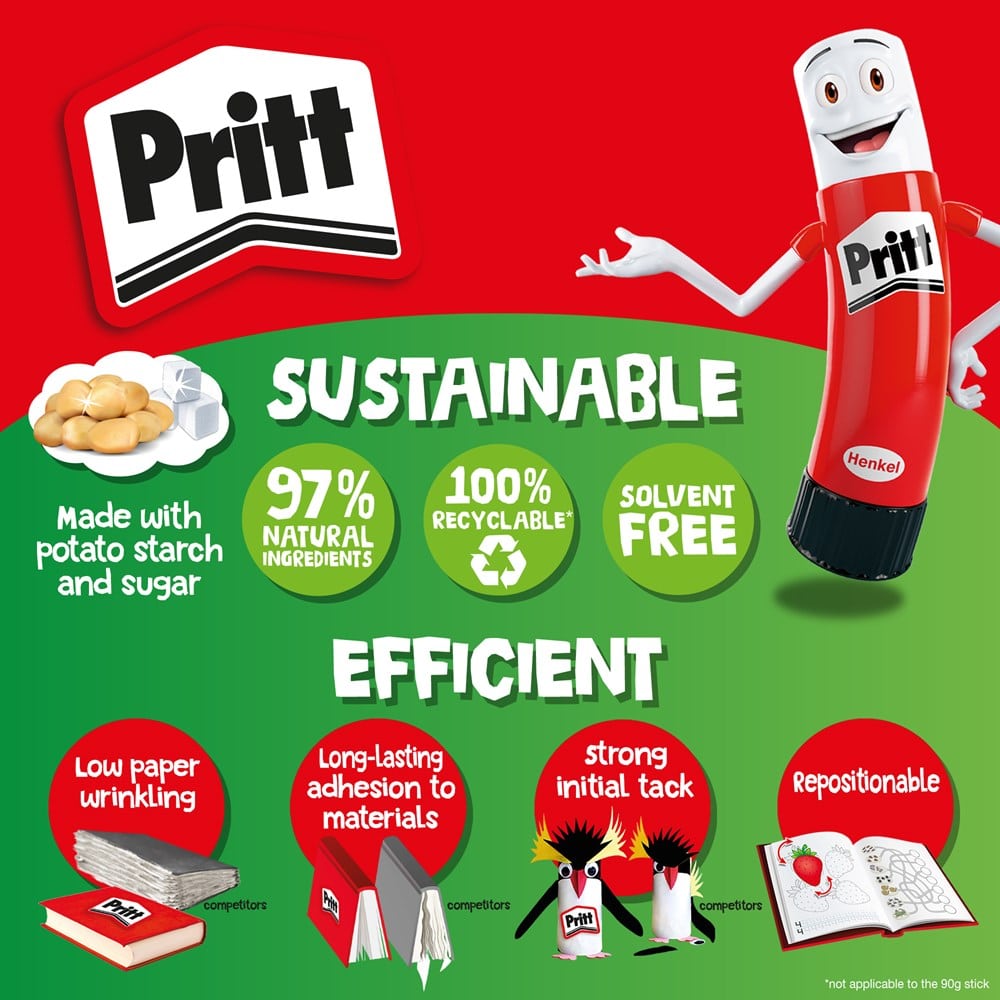Eco-friendly Classroom
Teachers can play a crucial part in teaching children about the environment and how we can all do our bit to help. Having an eco-friendly classroom is an important way to encourage children to be more environmentally conscious.
Put the following tips into action to make your classroom more eco and environmentally friendly.
Be energy efficient in the classroom
Saving energy is a great way to be eco-friendly in the school and one of the easiest ways to become environmentally friendly in the classroom.
Schools often use a large amount of energy and quite a lot of this is unnecessarily wasted.
Maximise the use of natural sunlight in the classroom and make use of all the windows instead of relying on lighting. Natural sunlight can create a more relaxed learning atmosphere compared to the harsh overhead lights that are usually in classrooms.
Other tips such as turning off laptops, switching off lights and using LED bulbs means that your class is reducing their energy usage overall.
Use Eco-Friendly School Supplies
Why not try using greener alternatives for your lessons and supplies? Notepads using recycled paper, craft supplies using natural ingredients or even pencils made from wood instead of plastic. During your arts and crafts classes, switch to Pritt.
The new Pritt formula is made of 97% natural ingredients whilst keeping previous claims, such as child-friendly, high efficiency and low paper wrinkling. Its packaging is made from up to 65% recyclable plastic and it also is 100% recyclable, making it more environmentally friendly. Using more sustainable products in your classroom can encourage your students to think creatively about supplies.

Go green!
Plants are natural air purifiers. Not only do plants brighten up any room, but they can also teach your pupils about responsibility when looking after the ones they have planted and grown. It’s an engaging way to keep pupils interested whilst purifying the air. You could even grow your own vegetable patch, if you have space, teaching your pupils the importance of being sustainable by growing your food.
Get outdoors
Escape the classroom by taking the class outside and let children get friendly with nature. You can teach your pupils some eco-friendly measures, set some tasks and discuss the impact of recycling on the planet. There’s always something to learn about within the environment and being outdoors may encourage walking, which reduces your carbon footprint.

Reuse items
Use some arts and crafts skills and make use of some old items in the classroom.
Ask children to bring in old objects and upcycle them into a new creation. Why not turn old boxes into glitzy gift boxes or reuse old bottles into pen holders!
Encourage recycling overall
Teachers should make sure that pupils understand the importance of recycling. Encourage children to get into the habit of using recycling bins is one of the easiest ways. Disposing of recyclable waste, such as paper and plastic bags into the correct bins is a good way to get started. Try using different coloured bins for different rubbish that can be recycled.
Introducing reusable water bottles and thinking about zero waste with food is a great way to get your kids thinking about recycling even more. You can even set targets and rewards for those who use the correct bins for waste, making recycling fun!
Being eco-friendly doesn’t have to be difficult, and the best way to show that is by inspiring your pupils through your actions in the classroom and involving them along the way.
